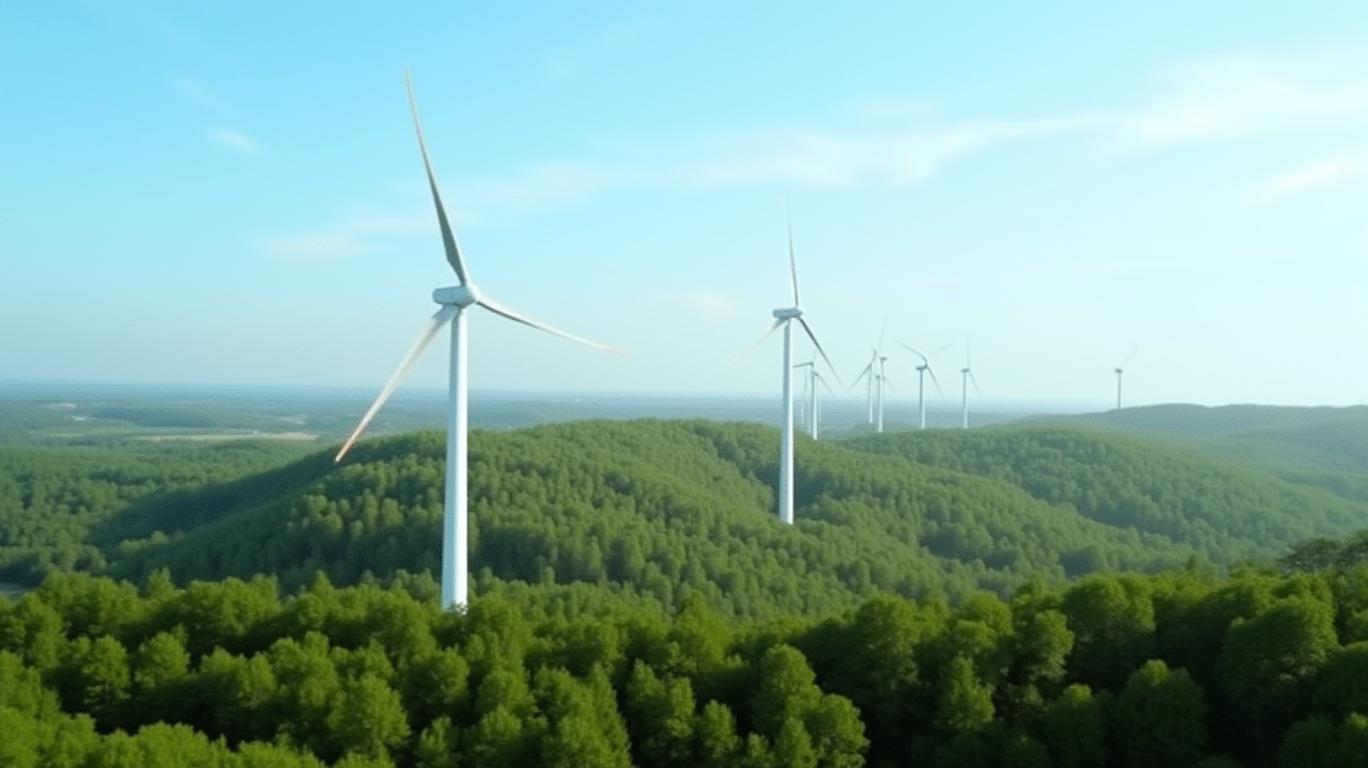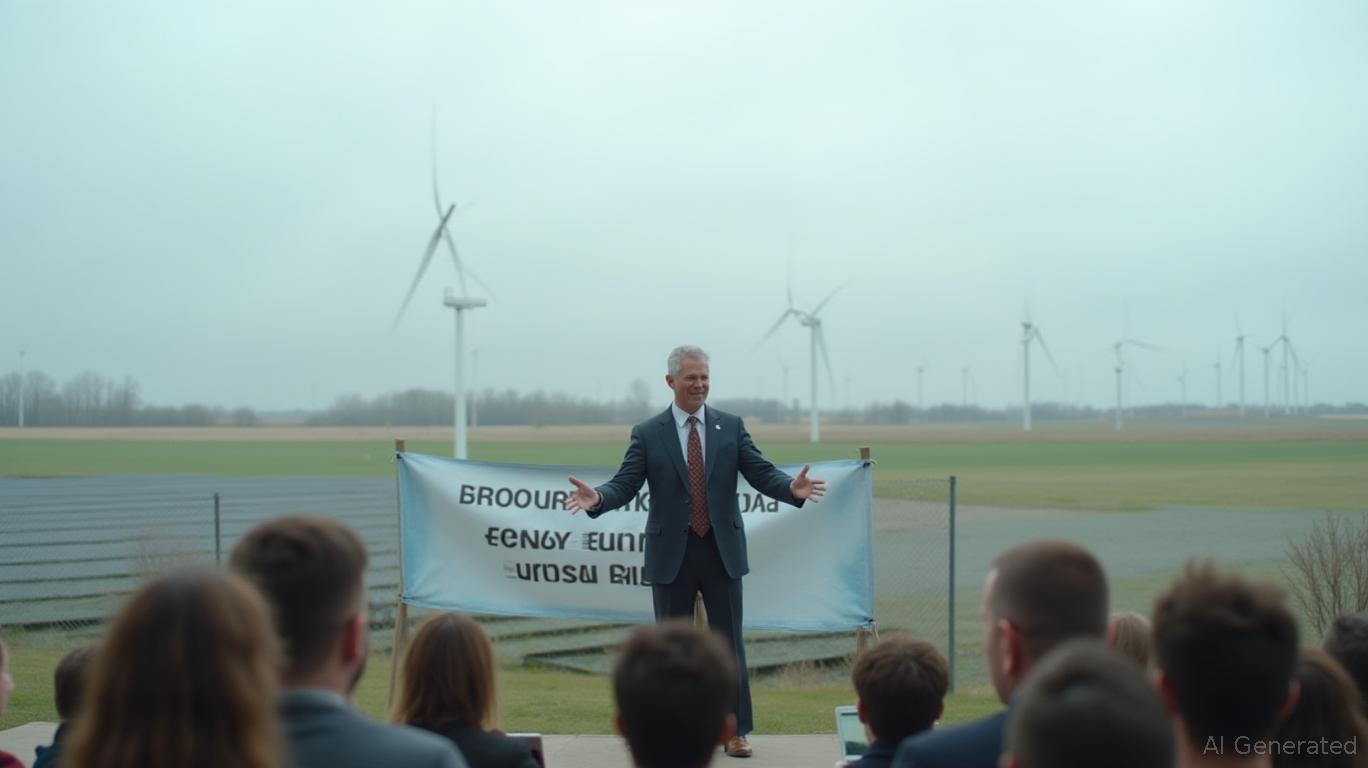EnBW Energie Baden-Württemberg: A Steady Return Amid a Volatile Five Years
Investing in EnBW Energie Baden-Württemberg (ETR:EBK) five years ago would have yielded a modest but consistent return, reflecting the resilience of Germany’s energy sector amid global economic and geopolitical turbulence. While the stock’s total gain from the end of 2020 to May 2025 stands at 21.8%, this period underscores the importance of patience and strategic risk management in utilities, where dividends and long-term trends often outweigh short-term volatility.

The Numbers: A Closer Look at Performance
The EnBW share price closed at €56.00 on December 31, 2020, and reached €68.20 by May 5, 2025, a 21.8% increase over five years. This gain, however, comes against a backdrop of extreme volatility. In 2020 alone, the stock swung between a low of €32.00 and a high of €58.00, reflecting investor uncertainty about the pandemic’s impact on energy demand and the company’s pivot toward renewable power.
To fully grasp the investment’s trajectory, consider the following:
While the price appreciation is modest, EnBW’s dividend policy adds value. In 2020, shareholders received €1.00 per share, and this payout has likely been maintained or increased in subsequent years, though specific figures beyond 2020 are not provided. Assuming a consistent €1 dividend annually, reinvested dividends could have boosted total returns to around 28-30% by 2025, depending on price fluctuations during reinvestment periods.
Drivers of Performance: Renewables and Regulatory Stability
EnBW’s steady gains stem from its strategic focus on renewable energy and Germany’s aggressive climate goals. The company has invested heavily in offshore wind, solar, and grid modernization, aligning with the EU’s 2035 net-zero targets. This transition has insulated it from fossil fuel price swings, though it faces regulatory and cost challenges.
Additionally, EnBW benefits from stable demand for baseload power and government-backed infrastructure projects. Its market capitalization grew to €15.2 billion by 2020, reflecting investor confidence in its long-term strategy.
Risks and Considerations
Despite its gains, EnBW’s stock has faced headwinds:
1. Economic Uncertainty: The 2022 energy crisis and inflationary pressures tested utility valuations, though EnBW’s regulated rate structures dampened volatility.
2. Technological Shifts: Transitioning to renewables requires sustained capital expenditure, which could strain margins.
3. Geopolitical Risks: Europe’s energy security concerns post-2022 have created both opportunities (e.g., grid investments) and costs (e.g., gas import diversification).
Conclusion: A Solid, If Not Spectacular, Investment
EnBW’s 21.8% stock gain since late 2020, paired with dividends, offers a reliable, if unspectacular, return for long-term investors. The company’s alignment with Germany’s energy transition and its stable cash flows make it a defensive play in volatile markets.
Key data points reinforce this view:
- Stock Price Consistency: The May 2025 closing price of €68.20 marks a sustained recovery from its 2020 lows.
- Market Position: As a regional leader in renewables, EnBW is well-positioned to capitalize on green energy demand.
- Dividend Stability: A consistent dividend policy reduces downside risk, even if growth remains moderate.
For investors seeking capital preservation and income in the energy sector, EnBW remains a viable choice. However, those seeking high growth may need to look elsewhere. The company’s journey over the past five years exemplifies the adage: in utilities, steady as she goes.


_442a2dcc1749832873286.jpeg)
_e68fac6d1749831664430.jpeg)






